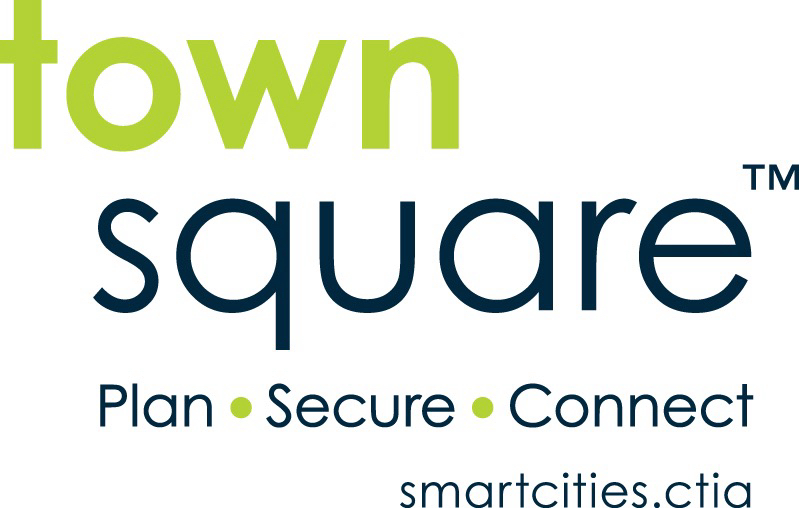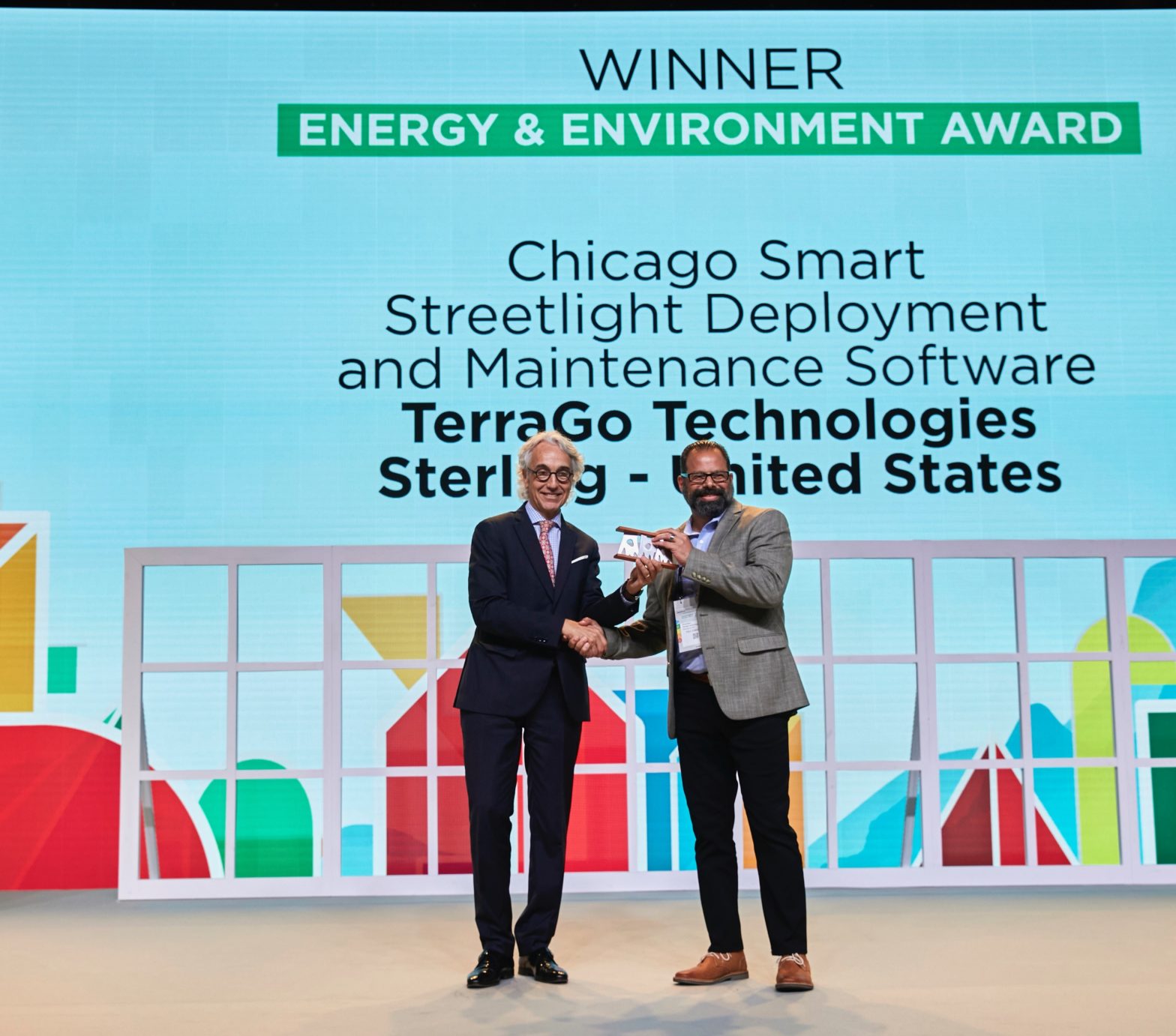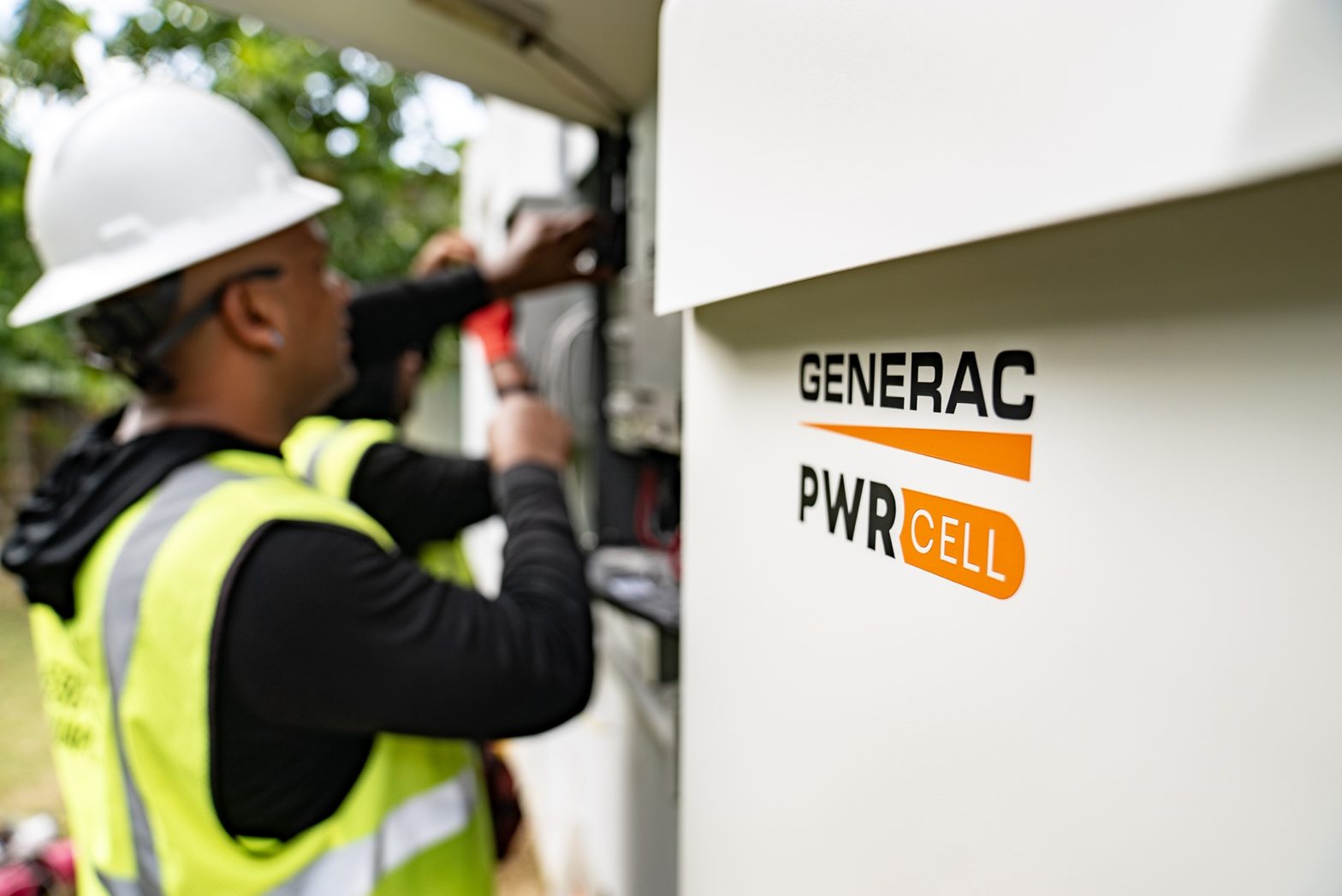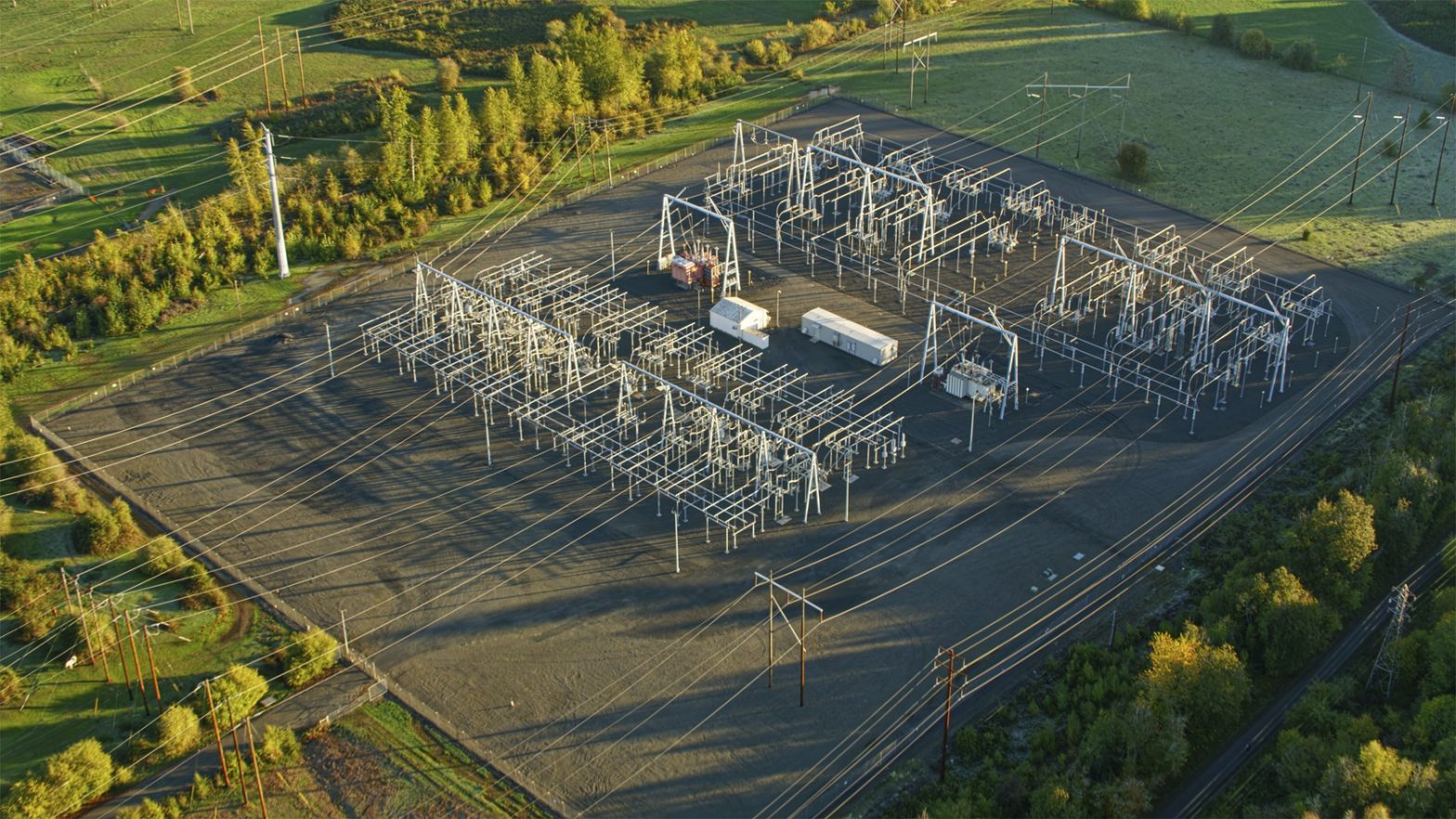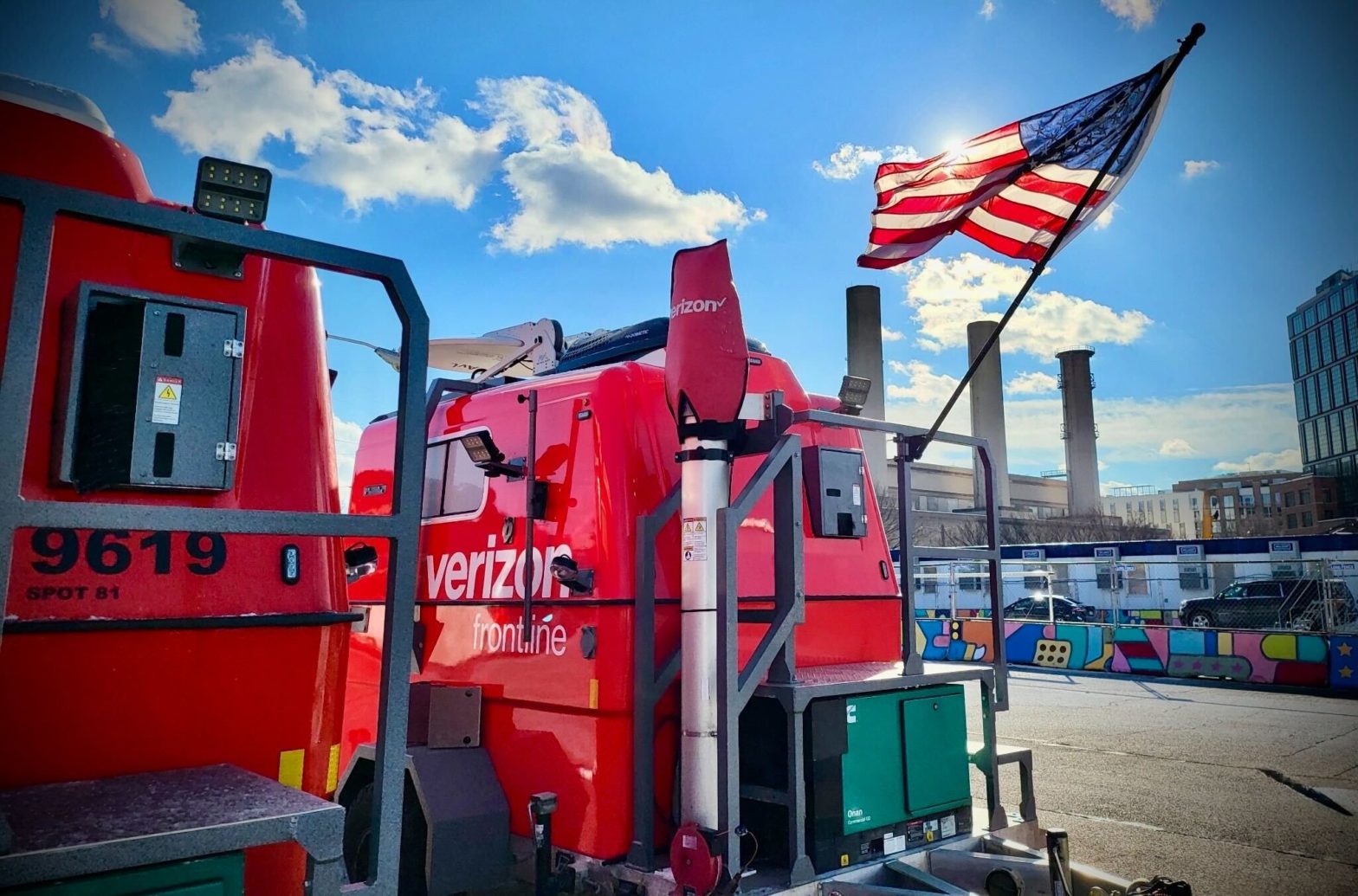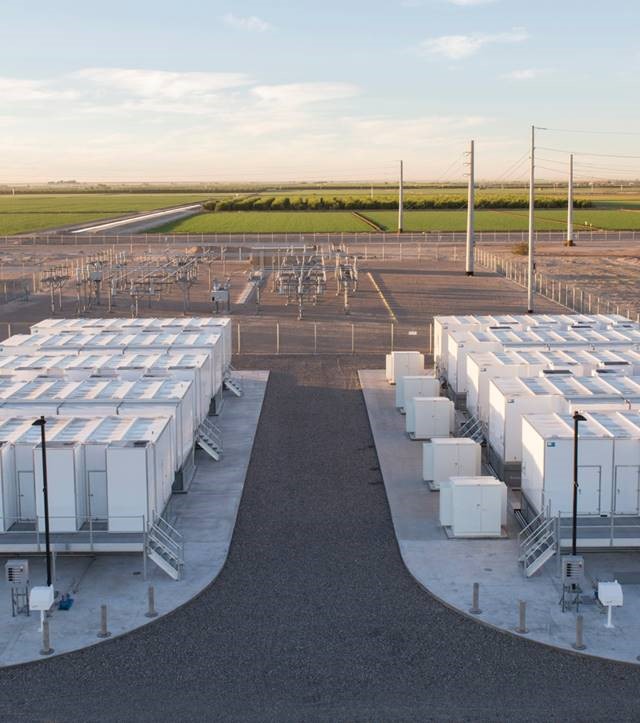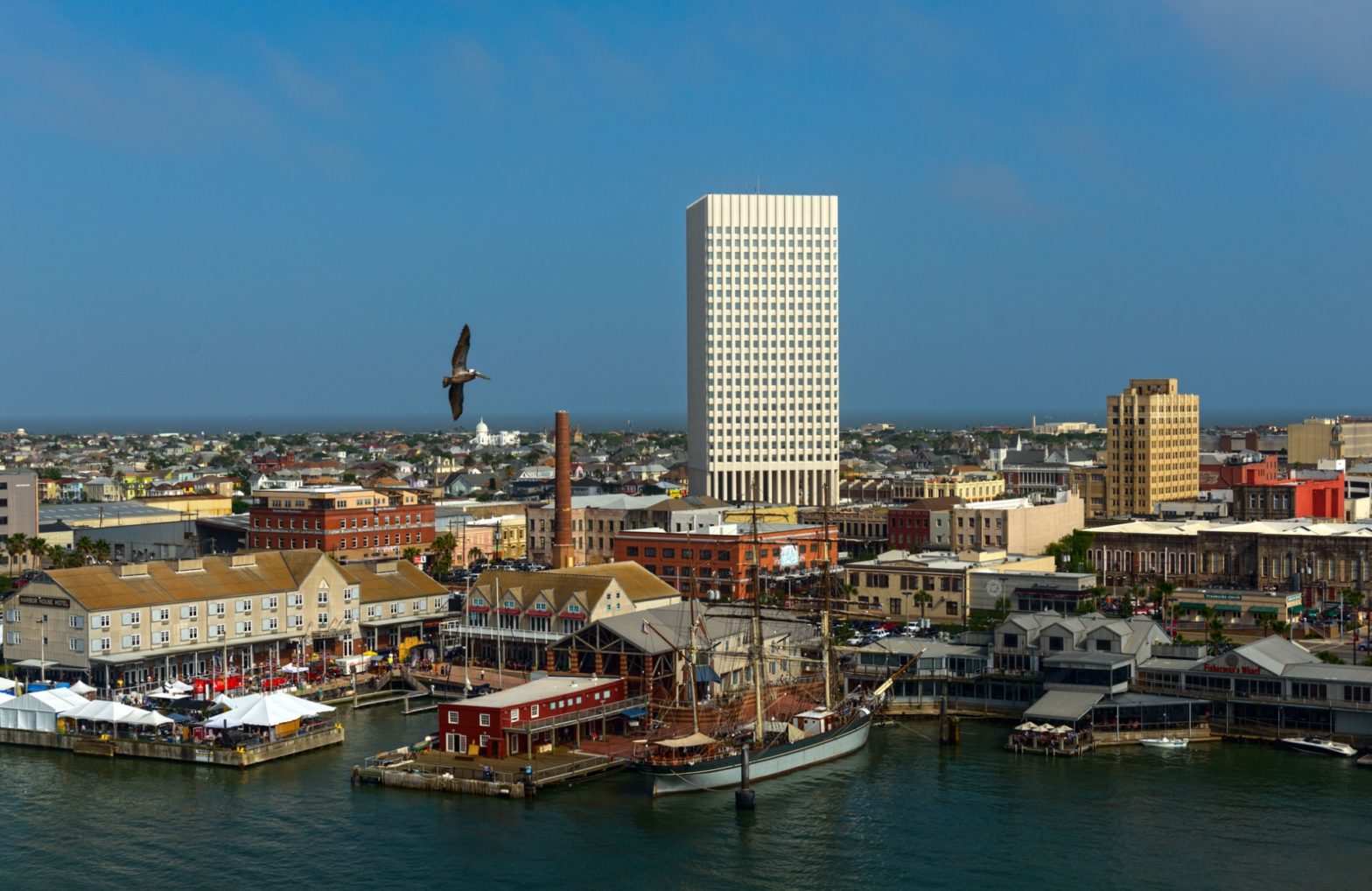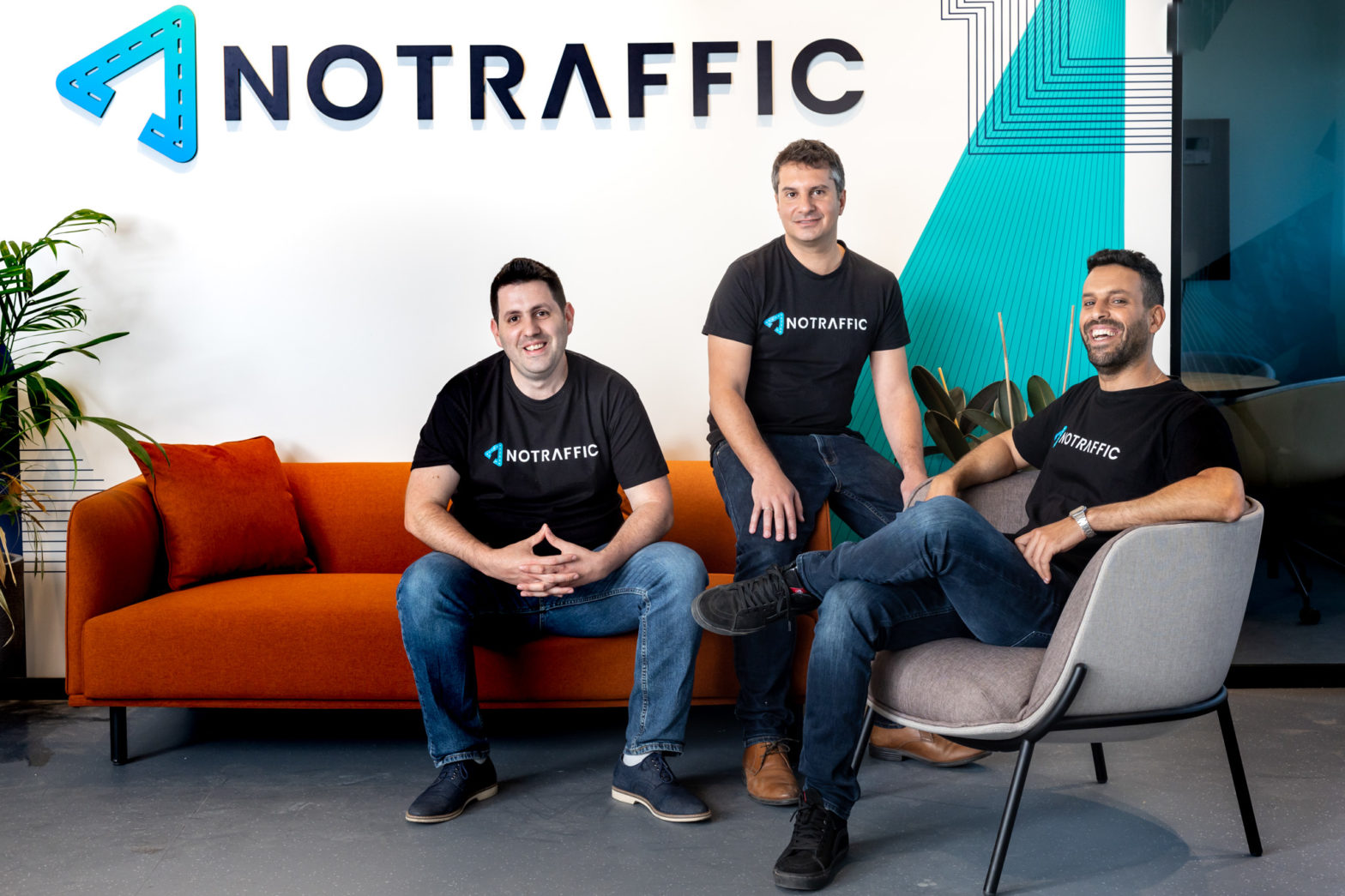
Photo: NoTraffic Founders
Helping cities keep up with traffic’s changes and challenges
19 December 2024
Tom Cooper, VP Public Sector with NoTraffic, talks about how the company uses AI based sensors and more to keep streets safer, less congested, and more environmentally friendly-and how the next generation of wireless connectivity means even more innovation for the road ahead.
Traffic has changed a lot in the past decade.
Even before the COVID-19 pandemic, cities have seen dramatic shifts in patterns and flow. More and more scooters, bikes, pedestrians, and delivery vehicles have joined traditional vehicles like cars, trucks, and buses. Density and congestion have steadily increased. Then trends like remote work and the return to the office have brought influxes of people to new places, only to see them leave and then move again.
With so much variability, traffic agencies need to be able to rapidly adjust their strategies and resources. Yet they’re too often working with plans and technology from 10 to 20 years ago.
At the same time, they’re also grappling with an array of evergreen and important traffic management challenges: those intersections where vehicles are always running the red light, putting pedestrians and other vehicles at risk. Pedestrians who need extra time to cross. The chain reaction of snarls and backups that happens after an emergency vehicle speeds through.
In such a complicated environment, how can communities keep vehicles moving and people safe?
The answer lies in information, collaboration, and modernisation—and this is where NoTraffic comes in.
A one-stop retrofit for today and tomorrow
The initial inspiration for the company was sparked in 2011 when co-founder Uriel Katz impatiently waited at a late-night intersection for a red light to turn green. Today, NoTraffic’s solutions are deployed in over 35 states and three Canadian provinces via more than 200 municipal agencies.
“The technology plugs into a community’s existing architecture—even infrastructure that’s decades old,” Cooper said.
A network of sensors at intersections collects traffic data that is fed back into its AI-powered cloud platform. This delivers a comprehensive view of roads and ways to manage them, from traffic flow optimisation to safety.
The goal: “Elevate traffic management beyond its legacy infrastructure boundaries,” CEO Tal Kreisler said in a 2023 article in Forbes magazine.
Much about traditional traffic management is ripe for modernisation, from what’s inside the equipment cabinets at a traffic light to how traffic management teams estimate traffic flow.
“Typically, traffic signal timing has involved agencies either going out themselves or hiring somebody to go out and literally count cars, or some automated tools that observe traffic at peak times two days a week,” Cooper said.
NoTraffic’s sensors and AI deliver continuous intelligence, with context, for more informed planning.
The technology also provides real-time visibility for spur-of-the-moment adjustments. If a bike is speeding toward a busy intersection, for example, or a pedestrian is still in the crosswalk as the time runs out, the system can be programmed with a safety feature that holds all lights until everyone who needs to get across does so safely.
Importantly for time- and resource-strapped cities, NoTraffic is a one-stop solution, negating the need for multiple suppliers and eliminating integration costs. And it’s designed to grow with evolving city needs.
“Our platform is an overlay to existing infrastructure, to retrofit stuff that was installed 40 years ago and accommodate things that are going to be added three years from now,” Cooper said.
Customised solutions from coast to coast
The NoTraffic team adapts its solutions to each challenge and environment. “No traffic system is the same,” Cooper pointed out, “from the wide-laned, high-volume roadways of Houston to the arterials of Boston, where nothing is square and everything is skewed.”
“There’s very active engagement with the traffic practitioners, down to individual intersections,” he said.
Benefits have been wide-ranging as well. Implementations in Arizona reduced travel time by 45 percent in Tucson and reduced red-light runners by 70 percent in Phoenix, for example.
At the University of British Columbia, NoTraffic deployed its mobility platform at five pedestrian-heavy intersections on campus. Over the course of a year, these five installations reduced vehicle wait times by 4,700 days. Not only did less idling increase efficiency and decrease frustration for drivers, for the community as a whole, it took 75 tons of CO2 emissions from the air.
“These safety, sustainability and efficiency gains add up to more liveable cities and improved quality of life,” Cooper said.
Faster connectivity drives what’s next
Looking ahead to the future, one of the biggest enablers of progress extends far beyond individual traffic lights and their power supply cabinets. 5G networks have rolled out nationwide and are changing the Internet of Things.
“That’s pretty exciting in our world,” Cooper said.
Such high-speed, super responsive connectivity makes many things possible for transportation agencies: exponentially more sensors on a network, multi-edge compute power, faster data, and more advanced analytics for making decisions. What’s more, publicly available 5G networks mean ready-to-go capabilities.
“The traditional approach to connecting traffic signals has been ‘don’t connect them, build your own network with fiber.’ Across a city or state, that can be very, very pricey,” Cooper said. “So being able to leverage what’s already available [with 5G] is a game-changer.”


